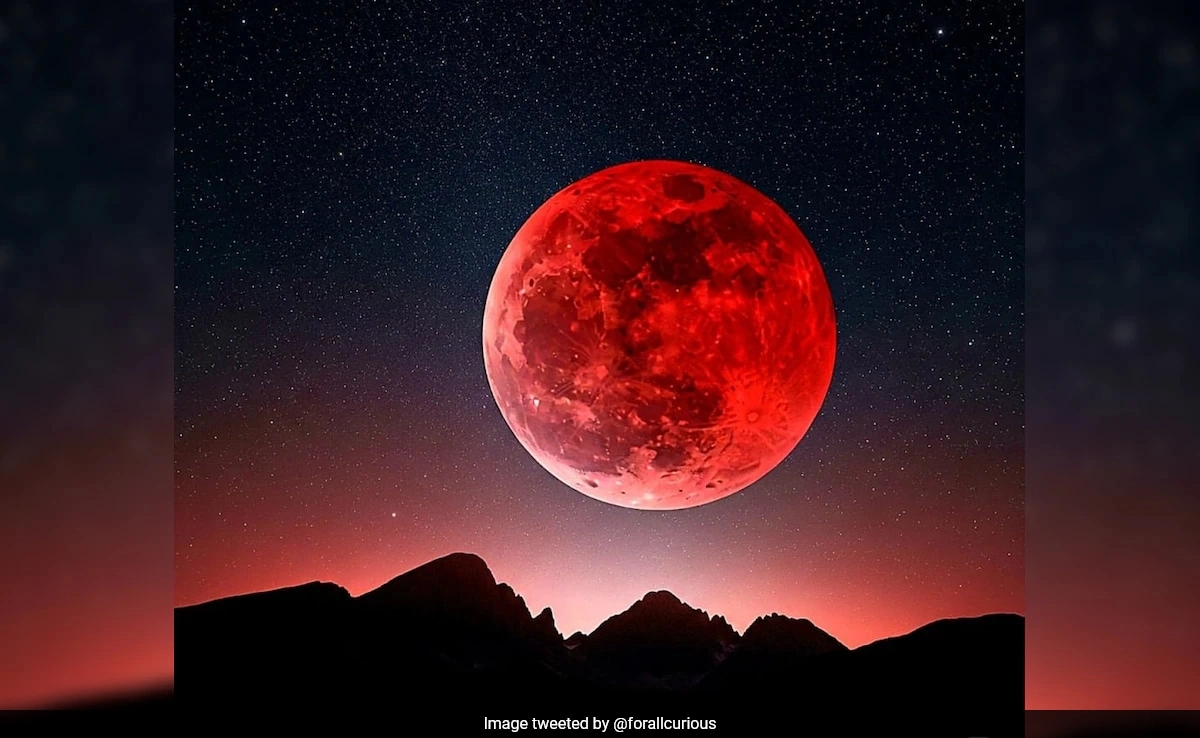In 2025, a captivating celestial event awaits skywatchers: a lunar eclipse that will produce what is commonly known as a “Blood Moon.” This phenomenon occurs when the Earth positions itself between the sun and the moon, casting a shadow that temporarily obscures the moon’s brightness. As the Earth’s shadow envelops the lunar surface, the moon takes on a reddish hue, resulting from sunlight scattering through the Earth’s atmosphere. This event not only offers a stunning visual spectacle but also serves as an excellent opportunity for students and astronomy enthusiasts to learn about celestial mechanics, the nature of light, and the science of eclipses.
For students, understanding the significance of a lunar eclipse goes beyond mere observation. It provides a practical lesson in astronomy, demonstrating the alignment of celestial bodies and the effects of atmospheric conditions on light. The “Blood Moon” is a perfect example of how scientific principles manifest in real-life phenomena. Students can explore questions such as why the moon appears red during an eclipse and how varying atmospheric conditions can alter the perception of celestial events. Engaging in discussions about the history and cultural significance of lunar eclipses across different civilizations can also enrich their learning experience, illustrating how humanity has connected with the cosmos throughout history.
Preparation for observing the lunar eclipse can enhance students’ appreciation for the event. They should familiarize themselves with the timing and duration of the eclipse, which can be found on various astronomy websites and apps. Additionally, students can learn about the best practices for viewing and photographing the eclipse. This includes understanding the ideal locations for observation, the use of telescopes or binoculars, and the importance of clear skies. By actively participating in the observation of the lunar eclipse, students can cultivate a sense of wonder and curiosity about the universe, fostering a lifelong interest in science and exploration.
Furthermore, the 2025 lunar eclipse presents an opportunity for interdisciplinary learning. Science classes can integrate lessons on the physics of light and shadow, while art classes might focus on capturing the beauty of the “Blood Moon” through various mediums. History and social studies classes can delve into how different cultures have interpreted and celebrated lunar eclipses, providing a rich tapestry of human experience intertwined with astronomical events. This holistic approach can inspire students to think critically about the interconnectedness of science, culture, and art, encouraging a broader understanding of the world around them. As the excitement builds for this astronomical event, students are encouraged to prepare not just to observe, but to engage with the science and stories that the “Blood Moon” represents.




